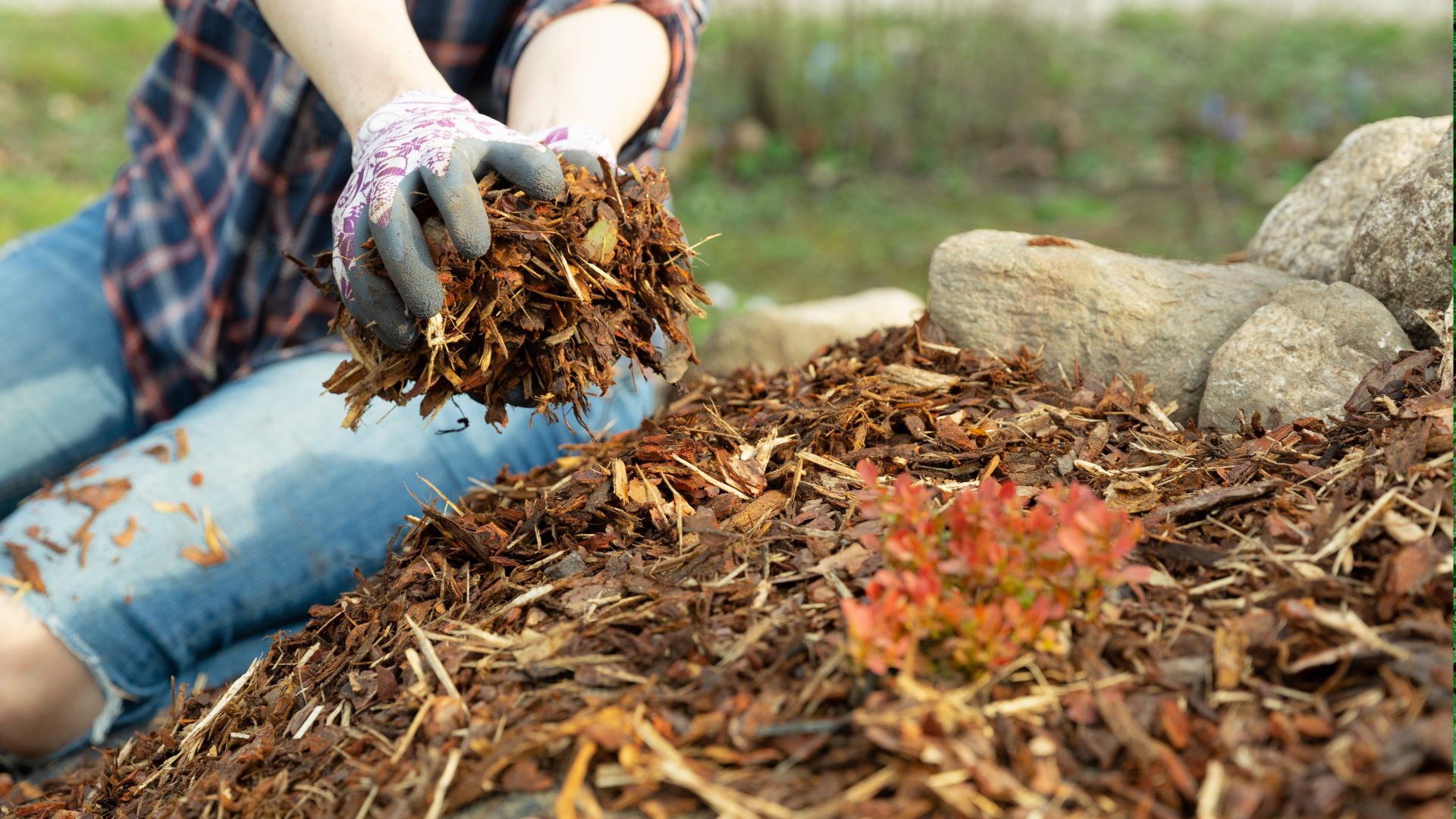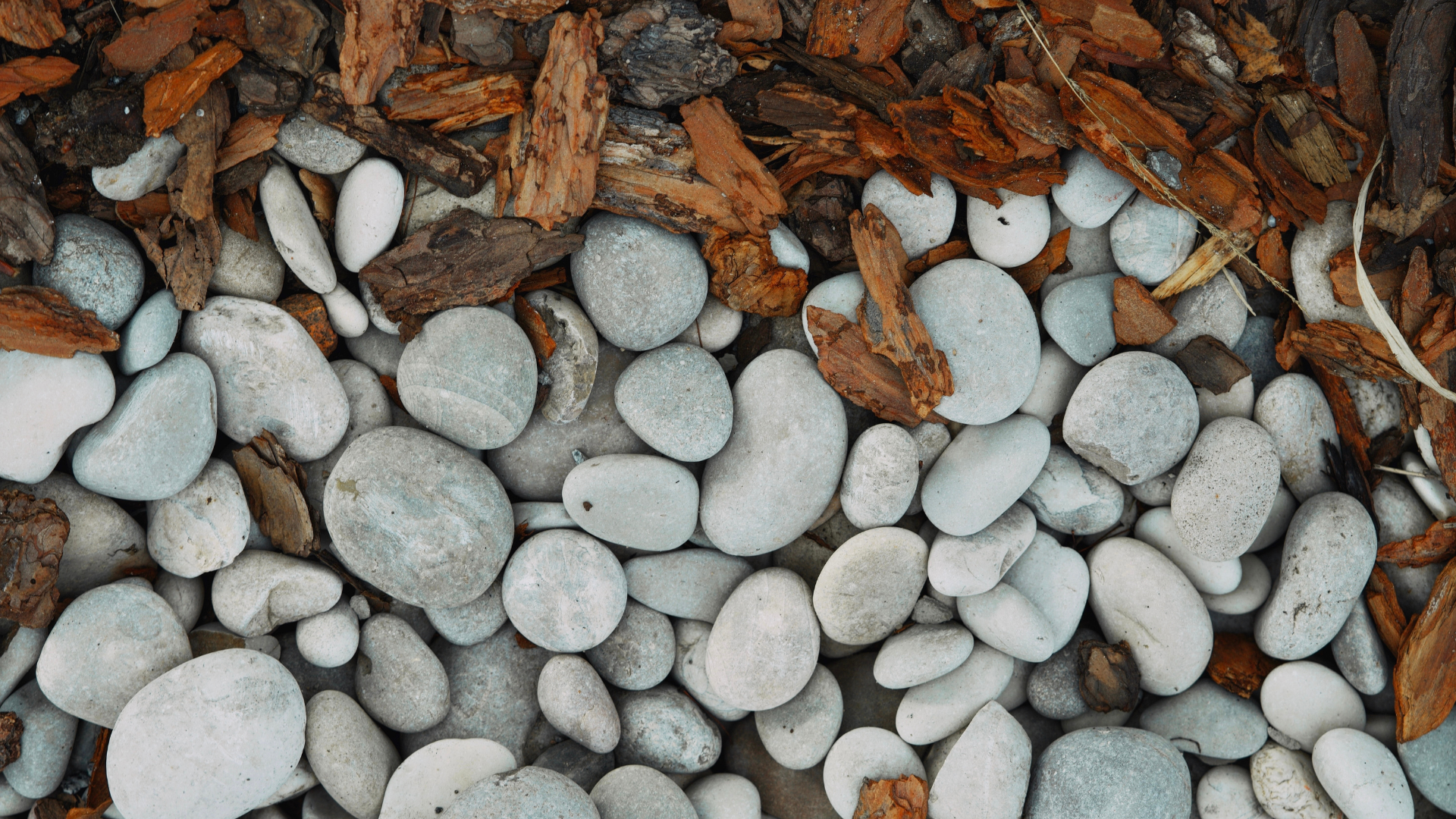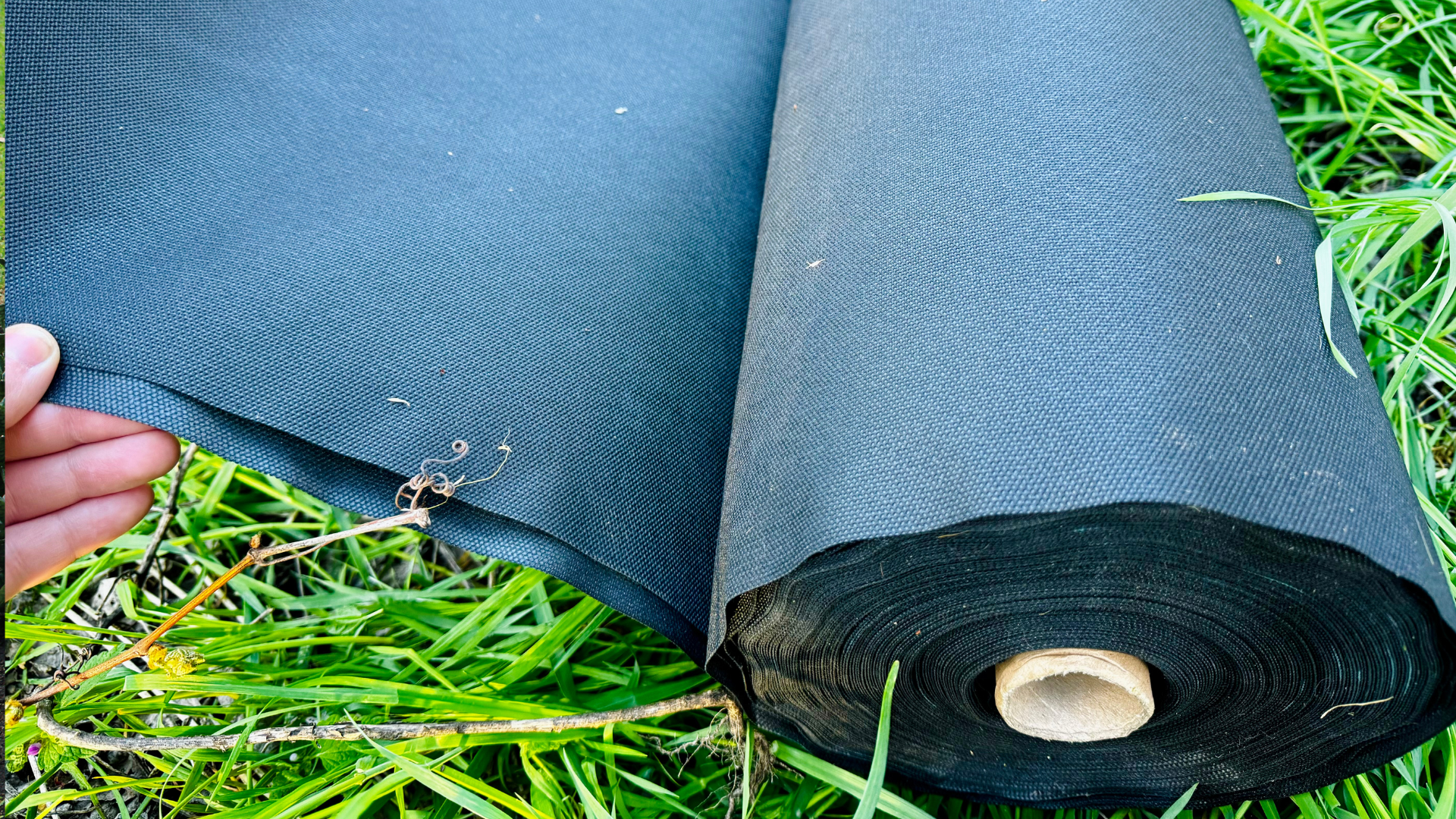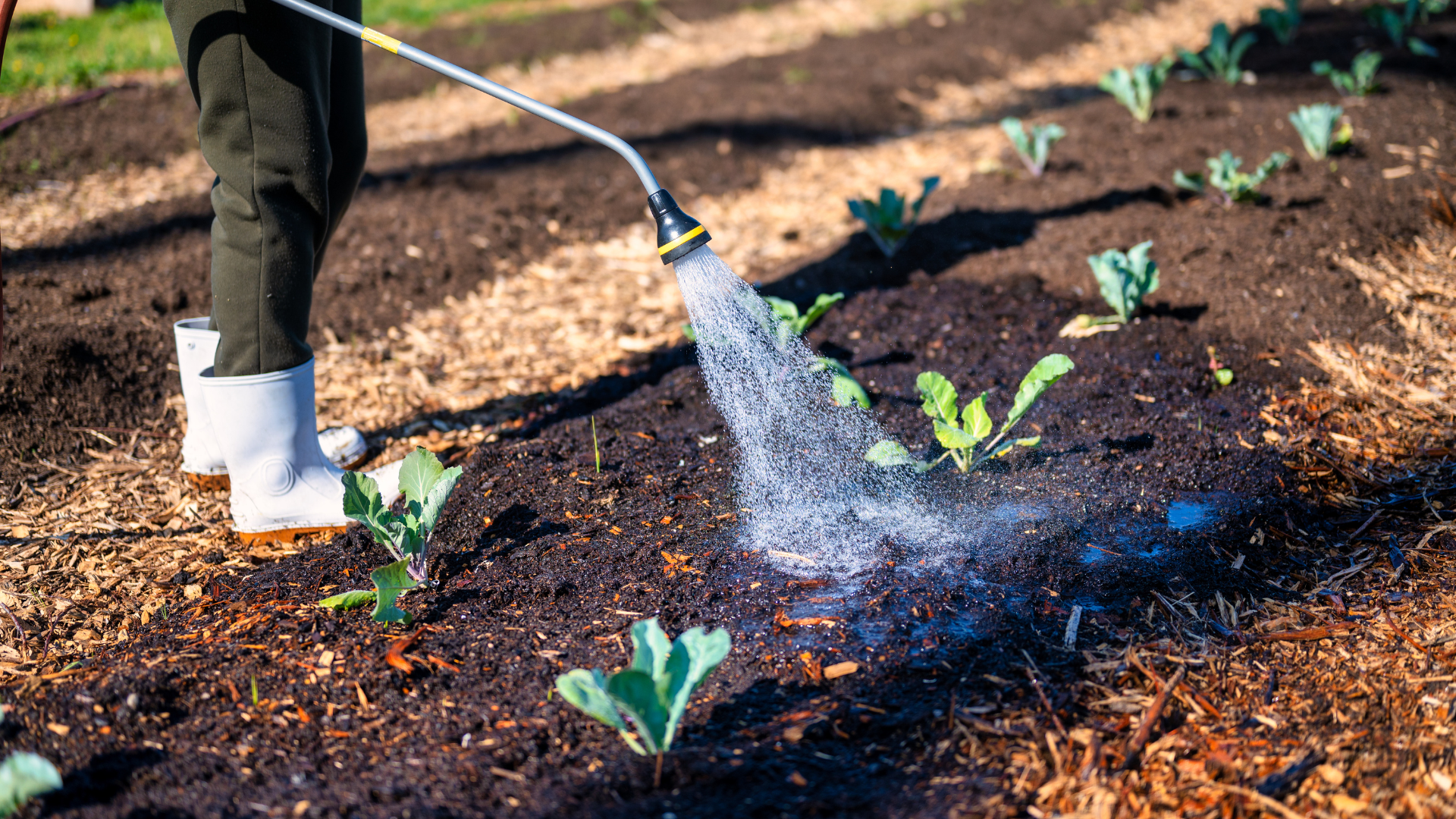How to Landscape with Mulch
Laying mulch is simple, quick and has many positive impacts for your garden and soil
Mulch is a fantastic resource for any property owner because it's easy to make and quick to use.
But what are some of the uses for mulch on your property, and how do you make a quality mulch for your garden or landscaping needs?
Let's go over the basics of mulch and we can talk about how to use it.
What are organic mulches?
Mulch is a commonly thought of as a compound made of organic materials that have decayed enough to contribute to the soil. There are many different kinds of organic mulches available, some of which you can make at home or buy at your local hardware store or gardening center.
Common ingredients for mulches include:
-
-
Grass clippings
-
Pine needles
-
Wood shavings
-
Shredded bark
-
Wood chips from your wood chipper
-
Any woody plants
-

Compost is similar to mulch, in that it contributes to the soil base, but is more focused on restoring nutrients to the soil and can be made from household food waste like orange peels, apple cores and other fruit and vegetable matter.
Mulch is focused on adding to the soil surface and has a number of benefits for your garden and soil.
Because organic mulches are made from materials you have lying around your property, you can use a wood chipper and your brush pile to create an infinite supply of mulch for your property.
The benefits of mulch include:
-
-
Helps retain soil moisture
-
Protects against sprouting of weeds and the spread of weed seeds
-
Aids in controlling soil temperature
-
Will decompose and contribute to the soil base
-
Because organic mulches are made of healthy, nutritious material like grass clippings and wood chips, they restore nutrients to the soil structure as they decompose.
A healthy layer of mulch over your garden can provide a lot of value for your landscape plants. Once you've finished planting for the season, spread two to three inches of mulch layer over your garden bed. This will have a number of benefits for your plants.

Advantages for Garden Plants:
-
-
Suppresses weed growth which stops them from choking out your plants
-
Provides nutrients as it decays, promoting growth over multiple seasons
-
Provides a warm, moist environment where water can easily be soaked up by root systems
-
In order to gain the benefits of organic mulches in your garden, be sure to follow all the right steps as you spread it. Don't spread too much mulch and drown out your garden, also remember to spread evenly and don't let it clump up. The ground may also be suffering from soil compaction, limiting the effectiveness of the mulch until it is tilled, so you may have to do that first.
What are inorganic mulches?
There are two different types of inorganic mulches, mainly those made from natural materials versus synthetic mulches.
Examples of inorganic but natural mulches includes:
-
-
Sand
-
Gravel
-
River rocks
-

The advantages of natural, inorganic mulches:
-
-
They are great for controlled water runoff
-
They don't decompose or erode over time
-
The disadvantages of natural, inorganic mulches:
-
-
They don't contribute to the soil base or add to the nutrition of your soil
-
Inorganic mulches will have to removed before you can do landscaping
-

Examples of inorganic, synthetic mulches:
-
-
Landscaping fabric
-
Rubber or silicone pellets
-
Plastic sheets
-
The big advantage to synthetic, inorganic mulches is that they don't easily degrade and can stand up to the elements. These mulches have a number of advantages as well.
The benefits of synthetic mulches:
-
-
Superior weed suppression since they block out almost all sunlight
-
Don't easily decompose, degrade or decay
-
The disadvantages to synthetic mulch:
-
-
Some synthetic mulches are known to leach contaminants into the soil, impacting garden growth
-
Because these materials are inorganic, they have to be removed before you do any landscaping
-

How to do mulch landscaping
Before you start your landscaping journey, decide which type of mulch you want to use for your project. Here are some recommendations.
-
-
Organic Mulches: Mulches made of pine needles, shredded bark and grass clippings are great for gardens, garden pathways and building up low-lying areas where you want to restore the soil.
-
Natural, Inorganic Mulches: Rocks and sand are great for walkways, such as between stepping stones or for decoration.
-
Natural, Synthetic Mulches: Landscaping tarp is useful for tight control of your gardens, and can be accompanied by a healthy layer of organic mulch too. Other synthetic materials like rubber or silicone are best used in play areas or patios where they won't leach into the environment.
-

Gardening
Before the start of your gardening season, do your annual tree and brush trimming. Build up an organic mulch pile on your property with yard waste like wood chips, shredded bark or pine needles. Make sure the materials are fine and small enough that they will quickly decompose into a healthy mulch.
When your mulch pile is ready, apply mulch over your garden, adding one to three inches depending on the results you want. More mulch means more material adding to the soil structure of your garden, but even a one inch layer can help to suppress weeds. Too much mulch can choke out your garden.
After it's been spread, keep an eye on your mulch to see how it holds up. Add to your pile mulch over the season and re-supply areas which are eroding from the elements.
You can even put a landscaping fabric over your organic mulch, to keep insulate it and maintain moisture.

Tree Planting
A healthy layer of mulch around the base of young, growing trees can help to aid their growth and ensure their survival.
Once your trees are planted, go into your mulch pile and get a healthy dose. Apply it in a radius around the tree trunks, allowing it to heap up over the ground level by at least an inch.
This will help promote growth and help keep the area weed free.

Pathways and Patios
You can use organic mulches like wood chips here, or inorganic mulches. Because the ground will have soil compaction from patio stones or people stepping on it, you don't need to worry as much about keeping the soil tilled and moist. Instead you should focus on diverting water away from critical places like your home or outbuildings.
If you're using patio stones, place your mulch around them, packing it down so it's level with your walkways.
If you're using just mulch to create a pathway, remember to pack it down so it isn't loose and won't cause tripping hazards.
The right way to apply mulch
There are lots of different mulches out there and plenty of ways to apply it to the soil surface, depending on the results you want. Between organic materials and inorganic mulches, there are plenty of ways to increase your soil's moisture, contribute to the soil's surface and suppress weed growth.
Mulches can also help beautify your property and add to your curb appeal.
So let's get out there and see how mulch can help your property.
SHOP SAWMILLS
WC46 4" PTO
The WC46 chipper has a chipping diameter up to 4". It's designed for tractors with 15-30 HP at PTO and features an auto-hydraulic infeed system and 360-degree swivel discharge.
WC68 6" PTO
The WC68 chipper has a chipping diameter up to 6". It's designed for tractors with 20-50 HP at PTO and features an auto-hydraulic infeed system and 360-degree swivel discharge.
WC88 8" PTO
The WC88 chipper has a chipping diameter up to 8". It's designed for tractors with 35-100+ HP at PTO and features heavy-duty construction and an auto-hydraulic infeed system.
TF810 PRO PTO
The TF810 PRO chipper features our patented Twin Flywheel Technology. Designed for tractors with 35-100+ HP at PTO, it has a chipping diameter up to 8" and auto-hydraulic infeed system.
Join the Woodland Mills Community Facebook group. Search advice and insights from over 65,000 knowledgeable, supportive members.
- Pre-purchase considerations
- Sawmill set-up support
- Project inspiration photos and videos
- Community troubleshooting support
